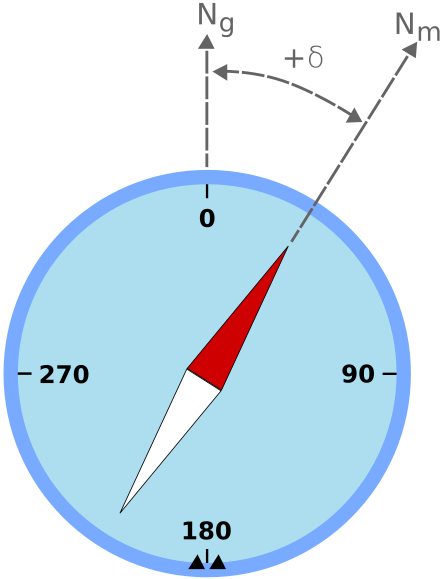For determination of the aggregate crushing value of coarse aggregate, of size ranging from 10mm to 12.5 mm.
APPARATUS REQUIRED:
- Steel Cylinder
- Tamping Rod
- IS Sieves (12.5mm and 10mm)
- Cylindrical metal measure
- Weight Balance
- Oven
- Compression testing Machine(CTM)

Aggregate Crushing Value Test Apparatus
PROCEDURE:
Test sample consists of aggregate passing a 12.5mm IS sieve and retained on a 10mm IS sieve. The aggregate to be tested is dried in an oven for a period of not less than 4 hours. Approximately 6kg of the sample is to be prepared.
- The cylindrical steel cup is filled with 3 equally divided layers of aggregate and each layer is tamped 25 times by the tamping rod. At last the top of the container is leveled.
Step-1 - Remove all the aggregates from the steel cup and weigh it. Note the weight(WA).
Step-2 - The bigger cup is fixed firmly in position on the base of the machine and the whole of the test sample is added in three layers, each layer being subjected to 25stokes from tamping rod.
Step-3 - The surface is leveled and the plunger is inserted so that it rests horizontally on the surface. The whole assembly is then placed in the CTM and loaded at a uniform rate so as to reach a load of 40 tones in 10 minutes.
Step-4 - The load is then released and all aggregate is removed from the cup and sieved on 2.36 mm IS sieve.
Step-5 - The fraction passing the sieve is weighed to an accuracy of 0.1 g (WB)
Step-6
CALCULATION:
The ratio of the weight of fines formed to the total sample weight in each test is to be expressed as a percentage, to the first decimal place.
Aggregate crushing Value =(WB/WA) × 100
TEST RESULTS:
The mean of the two results(to the nearest whole number) is reported as the aggregate crushing value of the tested material.
(In India, we follow all provisions and standard values given by IS: 2386 (Part IV) for this test.)


































